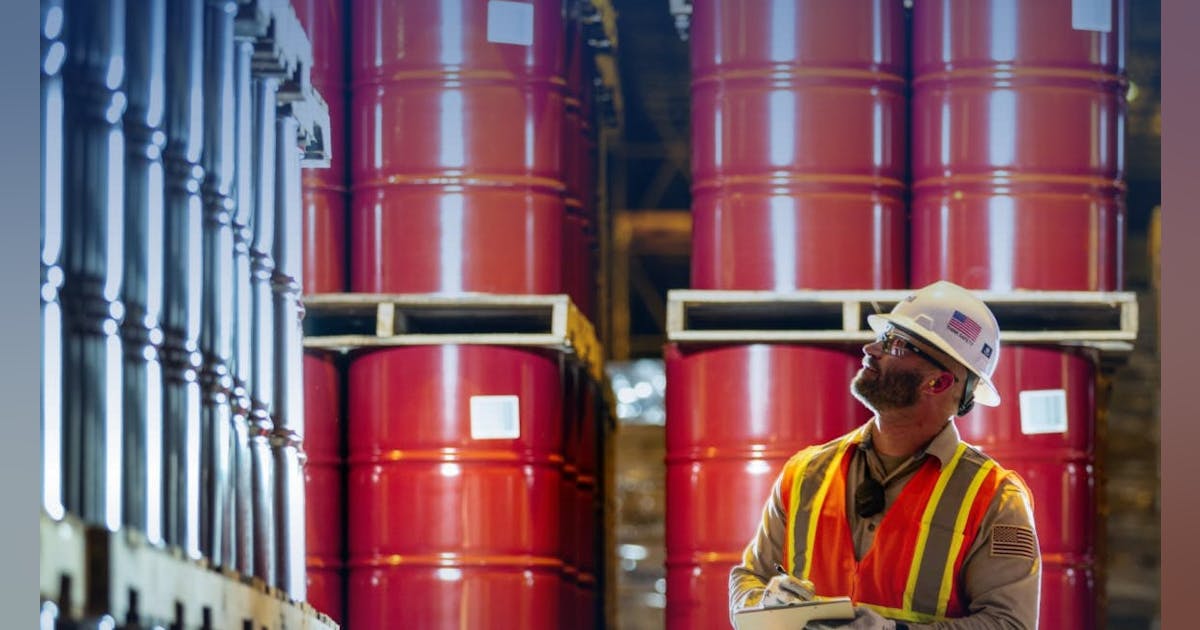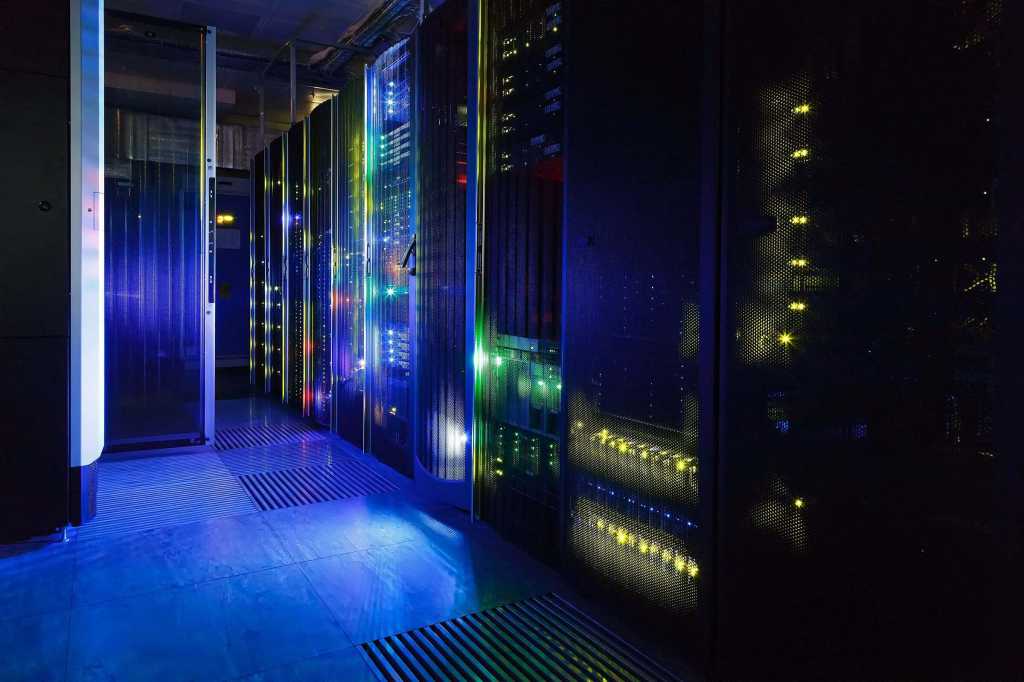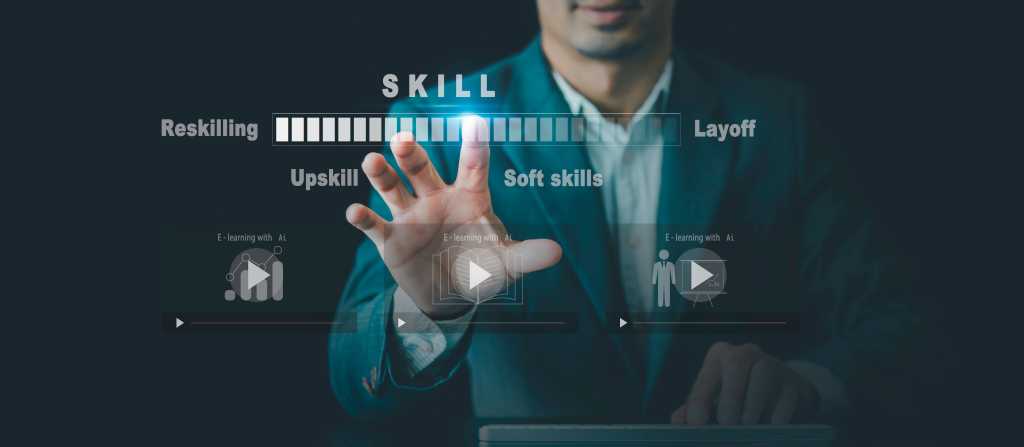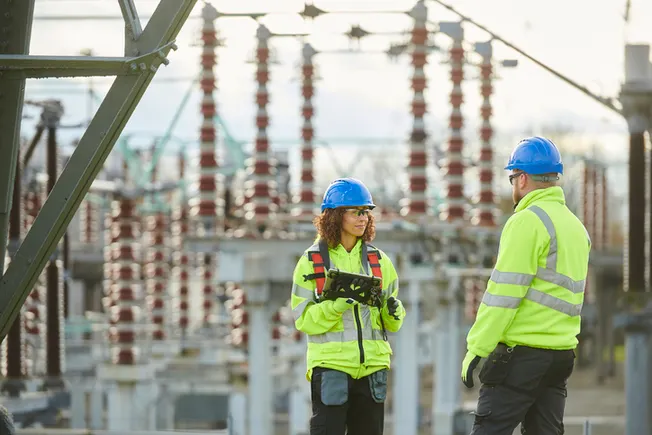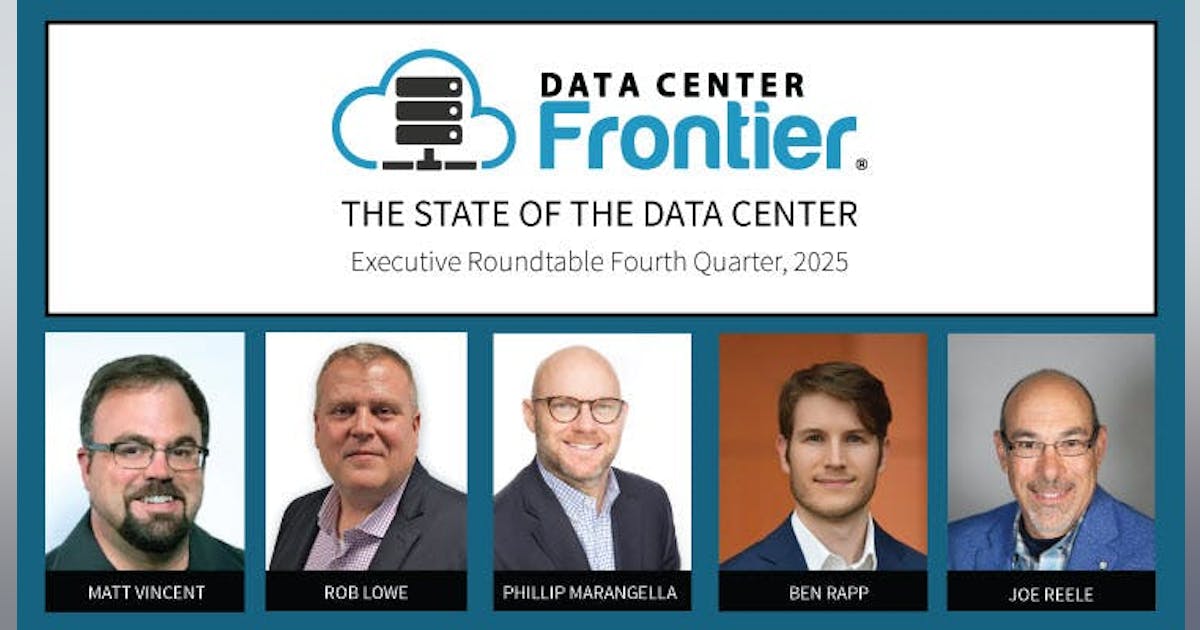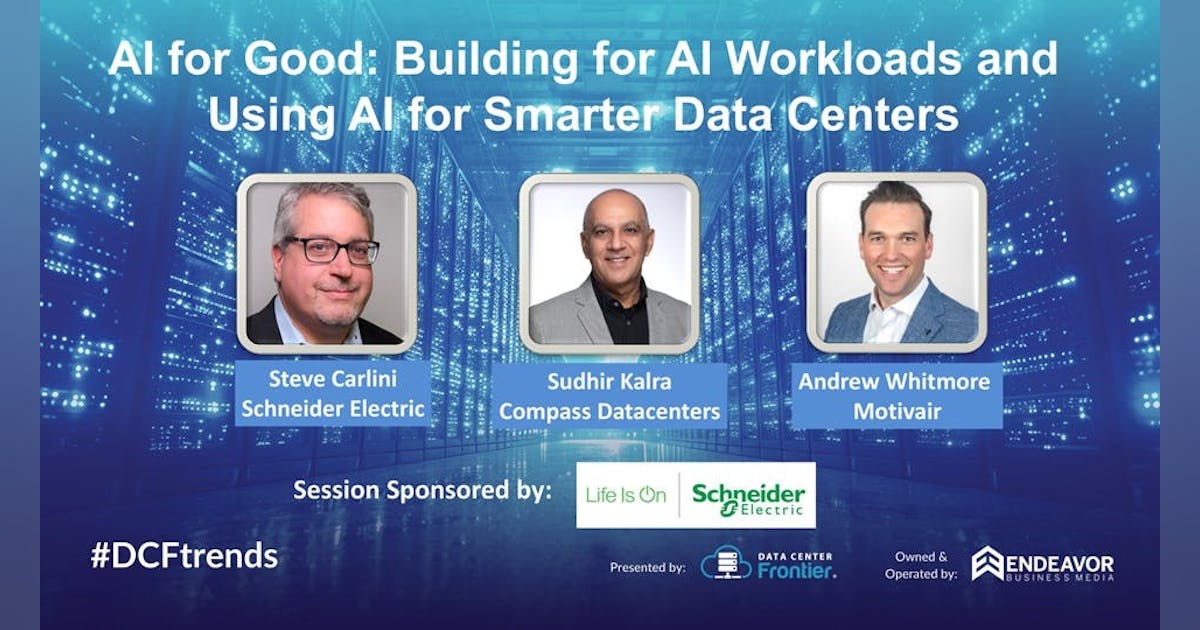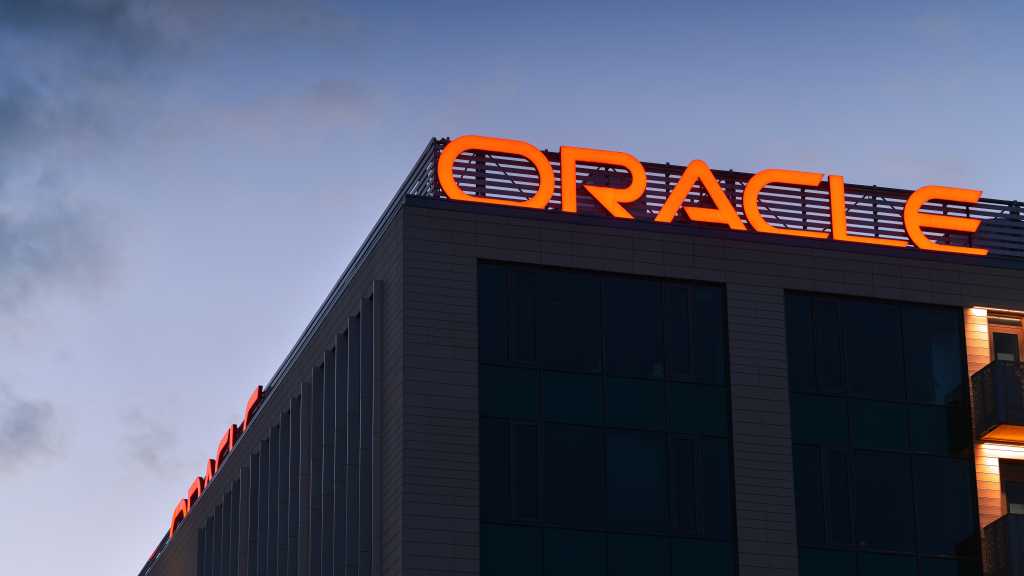
Zayo Group Holdings Inc. has emerged as one of the most aggressive fiber infrastructure players in North America, particularly in the context of AI-driven growth. With a $4 billion investment in AI-related long-haul fiber expansion, Zayo is positioning itself as a critical enabler of the AI and cloud computing boom.
The company is aggressively expanding its long-haul fiber network, adding over 5,000 route miles to accommodate the anticipated 2-6X increase in AI-driven data center capacity by 2030. This initiative comes as AI workloads continue to push the limits of existing network infrastructure, particularly in long-haul connectivity.
New Fiber Routes
The new routes include critical connections between key AI data center hubs, such as Chicago-Columbus, Las Vegas-Reno, Atlanta-Ashburn, and Columbus-Indianapolis, among others.
Additionally, Zayo is overbuilding seven existing routes to further enhance network performance, resiliency, and low-latency connectivity.
This new development is a follow-on to 15 new long haul routes representing over 5300 route miles of new and expanded capacity deployed over the last five years.
These route locations were selected based on expected data center growth, power availability, existing capacity constraints, and specific regional considerations.
The AI Data Center Sector: A Significant Driver of Fiber Infrastructure
The exponential growth of AI-driven data center demand means that the U.S. faces a potential bandwidth shortage. Zayo’s investments look to ensure that long-haul fiber capacity keeps pace with this growth, allowing AI data centers to efficiently transmit data between key markets.
This is especially important as data center development locations are being driven more by land and power availability rather than proximity to market.
Emerging AI data center markets get the high speed fiber they need, especially as they are moving away from expensive power regions (e.g., California, Virginia) to lower-cost locations (e.g., Ohio, Nevada, Midwest).
Without the high-speed networking capabilities offered by companies like Zayo, these developments are far less practical.
US Fiber Infrastructure Outlook
Currently, the US fiber infrastructure is insufficient to meet demand and growth projections. Without new fiber routes, bandwidth congestion could throttle AI adoption, limiting growth in AI-driven applications.
Low-latency fiber networks are a key component of AI growth. AI applications need ultra-low-latency connections, especially for real-time inferencing and federated learning across multiple data center locations.
These workloads also require huge bandwidth, as training AI models like OpenAI’s GPT-4 and Google’s Gemini demands petabit-scale data transfer between data centers. This bandwidth demand makes Zayo’s 400G -enabled infrastructure stand out.
Hyperscalers such as Microsoft, Google, Amazon, and Meta need high-capacity long-haul fiber to power AI workloads. Their continued investment in AI data center infrastructure shows the demand for the high-performance interconnection and long-haul fiber that Zayo is specialized in.
Perspective on Zayo’s US Fiber Positioning
Zayo is executing one of the largest fiber expansions in response to AI-driven demand. Its long-haul fiber network will be crucial for AI workloads, ensuring the necessary bandwidth and low latency for hyperscale AI operations.
Competitors, from specialized businesses such as Lumen Technologies and traditional telecom players like AT&T and Verizon, lack the very specific focus that Zayo is exploiting. Zayo is taking this opportunity to focus on the rapidly expanding AI data center connection market while competitors such as the telcos have more of a general cloud connectivity focus.
There is a certain level of risk in Zayo’s singular focus but given the level of investment that is being made in AI data centers, the risk, at this time, seems minimal.
Lumen has discussed the over $8 billion in related deals they have made in hyperscale networking, but it is clear that the market has room for multiple players, given the overall investment by those hyperscalers in infrastructure.
Zayo’s point is that they are the only provider that continues to build out significant long-haul fiber routes. And by doing so, they position themselves as the provider of choice for the hyperscaler and AI data center builders.
Steve Smith, Chief Executive Officer at Zayo, points out that the company is responding to the demand that they have already been reacting to, saying:

